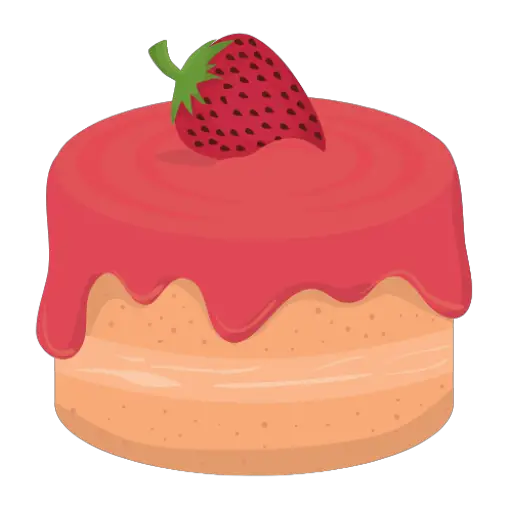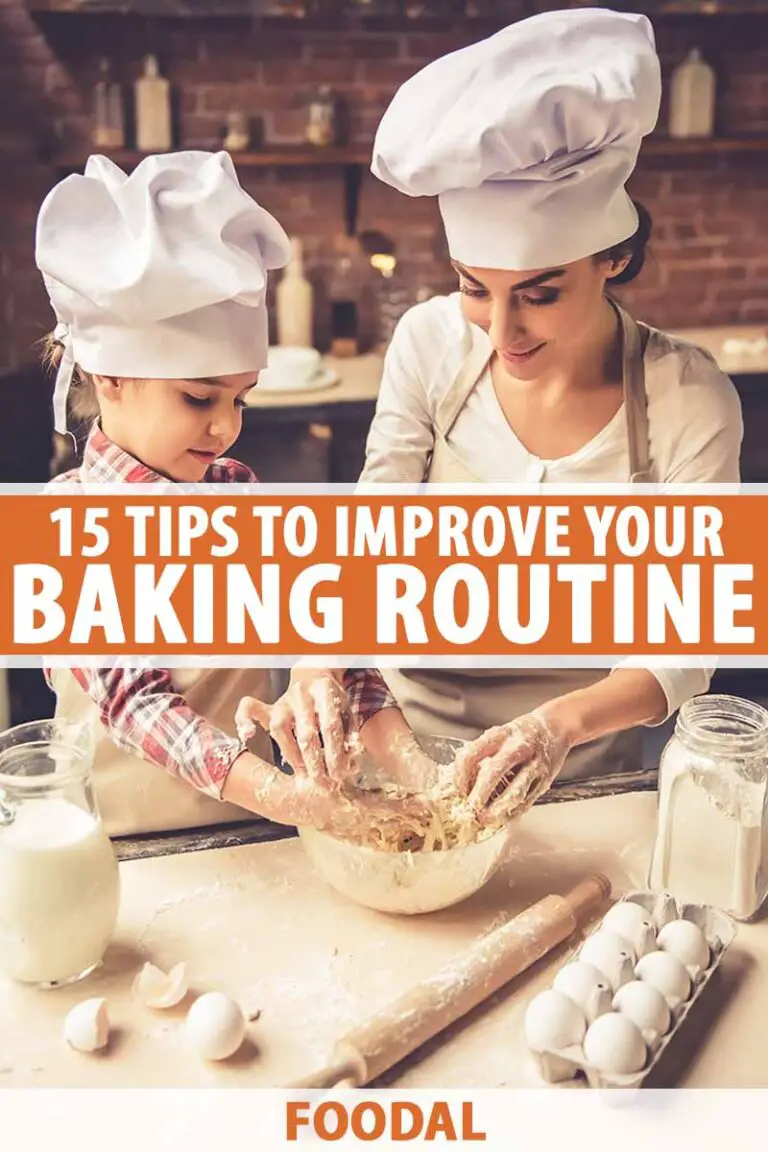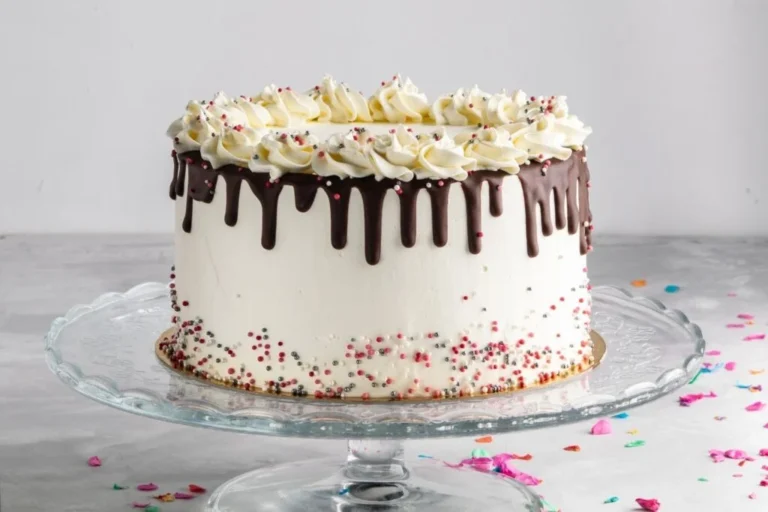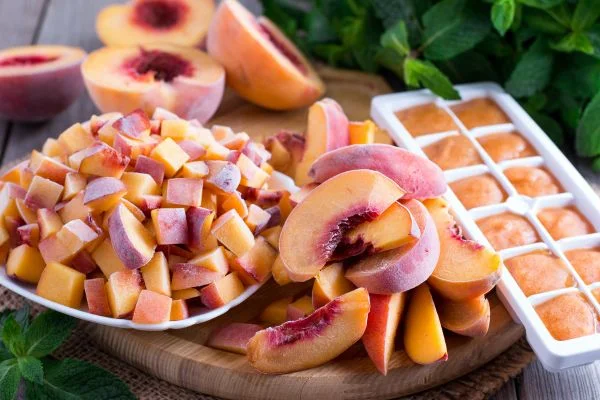Baking cakes can be a lot of fun, but it can also be challenging when it comes to choosing the right bakeware. One question that often comes up is whether you can bake a cake in a glass dish.
Glass dishes are commonly used for serving and storing food, but can they withstand the heat and pressure of baking? In this article, we will explore the advantages and disadvantages of baking cakes in glass dishes and give you some tips for successful baking.

Advantages of Baking Cake in Glass Dish
- Even Heating: Glass dishes are excellent at distributing heat evenly, which is essential for baking a cake to perfection. This ensures that the cake is cooked evenly from all sides, resulting in a moist and fluffy cake.
- Transparency: Glass dishes are transparent, which makes it easy to monitor the cake as it bakes. You can easily see if the cake is rising properly and if the edges are browning evenly.
- Versatility: Glass dishes can be used for both baking and serving, which makes them a versatile addition to your kitchen.
- Non-Toxic: Glass is a non-toxic material and does not contain harmful chemicals that can leach into your food.
Disadvantages of Baking Cake in Glass Dish
- Risk of Shattering: Glass dishes can shatter if exposed to sudden changes in temperature. If you place a cold glass dish in a hot oven, it can cause the dish to crack or shatter, ruining your cake and potentially causing injury.
- Slow to Heat Up: Glass dishes take longer to heat up than metal pans, which can lead to uneven baking.
- Not Suitable for High-Temperature Baking: Glass dishes are not suitable for high-temperature baking, such as broiling, as they cannot withstand the heat.
- Sticky Cake: Cakes baked in glass dishes tend to stick to the bottom, which can make it difficult to remove them from the dish.
Tips for Successful Baking in a Glass Dish
- Preheat the Oven: Always preheat the oven before baking in a glass dish to prevent sudden temperature changes.
- Grease the Dish: Grease the glass dish well with cooking spray or butter to prevent the cake from sticking to the bottom.
- Use a Light-Colored Glass Dish: Dark-colored glass dishes can absorb more heat, which can lead to over-browning or burning.
- Reduce the Temperature: Reduce the oven temperature by 25°F when baking in a glass dish to prevent over-browning.
- Allow the Cake to Cool: Allow the cake to cool in the dish for at least 10 minutes before removing it to prevent it from falling apart.
FAQs
Yes, Pyrex dishes are made of tempered glass and are designed to withstand high temperatures, making them suitable for baking cakes.
Yes, glass dishes can be placed in the oven, but it is important to take precautions to prevent them from shattering.
No, it is important to grease a glass dish well to prevent the cake from sticking to the bottom.
To prevent a glass dish from shattering To prevent a glass dish from shattering in the oven, always preheat the oven before placing the dish inside, and avoid placing the dish on a hot surface or exposing it to sudden temperature changes. It is also important to use a light-colored glass dish and reduce the oven temperature by 25°F when baking in a glass dish.
Yes, you can bake a cake in a glass dish and then freeze it. However, it is important to let the cake cool completely before freezing and to wrap it tightly in plastic wrap or aluminum foil to prevent freezer burn.
Conclusion
In conclusion, baking a cake in a glass dish can be a great option for even baking and easy monitoring. However, it is important to take precautions to prevent the dish from shattering and to ensure that the cake does not stick to the bottom.
By following the tips outlined in this article, you can successfully bake a cake in a glass dish.



